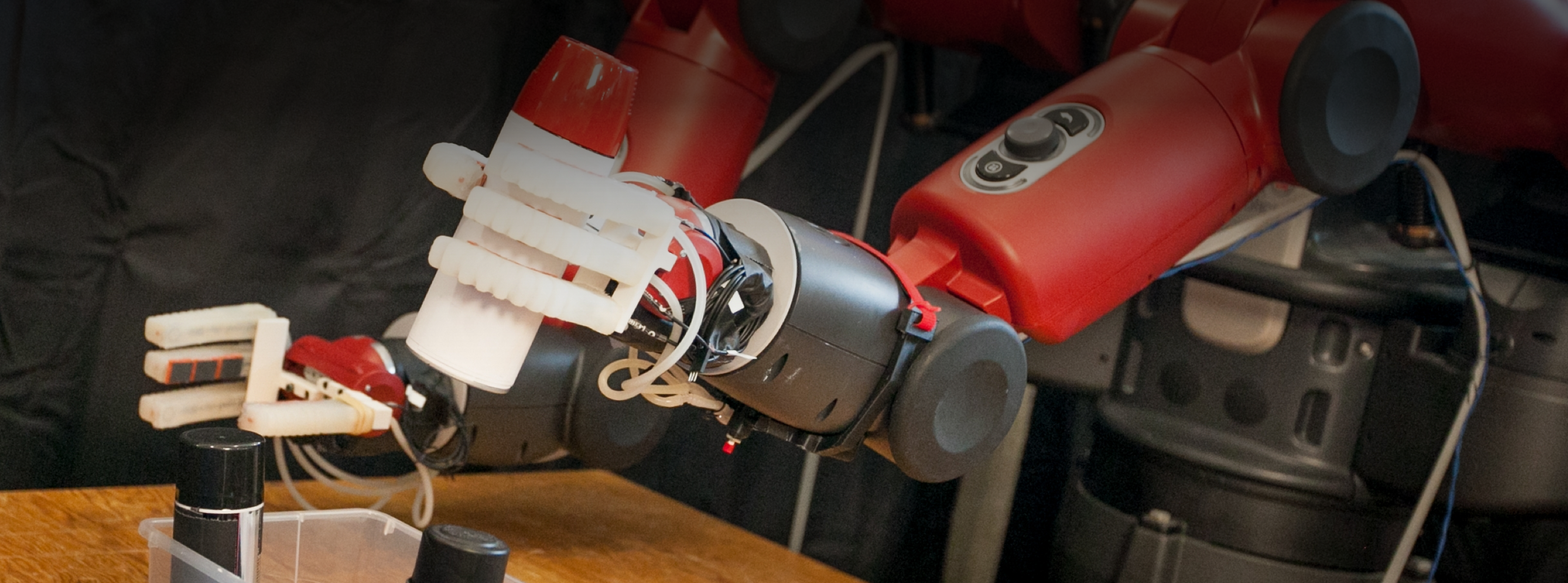WRITTEN BY: Nate Caldwell
It’s hard to box in Professor Justin Solomon’s Geometric Data Processing (GDP) Group. The name is purposefully vague, according to Solomon. “That's because we study a lot of different problems that all have a geometric flavor,” Solomon said. GDP’s work revolves around two main ideas. First, the team studies the processing of geometric data. '“There are so many different applications out there that we study that really do involve shapes, whether they come from the natural world or even the virtual world like in computer graphics,” Solomon said.
The tools GDP uses to solve problems in physics and computer graphics also give clues on how to solve problems drawn from abstract fields like machine learning and statistics, the other main focus of their research.
“One of the really exciting and fun aspects of the research that we do is that a lot of the insight that we've gained over many years of working on these very low-dimensional, tangible, and easily- visualized problems in computer graphics and vision actually help give perspective, insight, and intuition for high-dimensional problems in data analysis,” Solomon said.
Solomon’s background reflects the variety of applications for geometric research. Prior to becoming a professor at MIT EECS and joining CSAIL, Solomon completed his PhD at Stanford as well as postdoctoral research in the Princeton Program in Applied and Computational Mathematics. His book “Numerical Algorithms” provides a comprehensive look at numerical methods in computer vision, machine learning, and graphics. Solomon is the recipient of numerous honors and awards for his research, and he recently received the MIT EECS Outstanding Educator Award.
Solomon participated in the CSAIL Alliances podcast to discuss the breadth of industry applications the Geometric Data Processing Group tackles. One place geometric research has seen broad applications is in computer animation, according to Solomon.
“Your favorite movie effects come laden with hair and fluids and solids and rigid bodies,” Solomon said. “And all of these different objects are really 3D shapes that are interacting with the world.”
Solomon has first hand experience in the 3D animation space from his time at Pixar, where he received the Pixar Animation Studios Inventor Recognition Award.
“Members of our team study problems in geometry processing, which is the area of computer graphics that has to do with synthesizing and editing three-dimensional shapes,” Solomon said.
Medical imaging is another industry where Solomon has exciting research to share. Solomon’s student Mazdak Abulnaga is working collaboratively between the GDP and Professor Polina Golland’s Medical Vision Group. Abulnaga studies the placenta, which presents an interesting challenge as an extremely flexible organ that changes shape over time.
“Some of the geometry processing techniques that we've developed in the computer graphics domain are providing some insight into the medical imaging space as well,” Solomon said. “And that relationship goes both ways. We have a lot to learn from how people process modalities like MRI within the context of computer graphics and vice versa.”
Solomon’s group is also contributing to computer vision for autonomous vehicles. His group works with researchers developing algorithms for autonomous driving. For example, they have a long-term collaboration supported by the Toyota Research Institute, which is focused on 3D computer vision for autonomous driving. Whether in theory or in industry, the GDP helmed by Professor Solomon is on the cutting edge of research.

